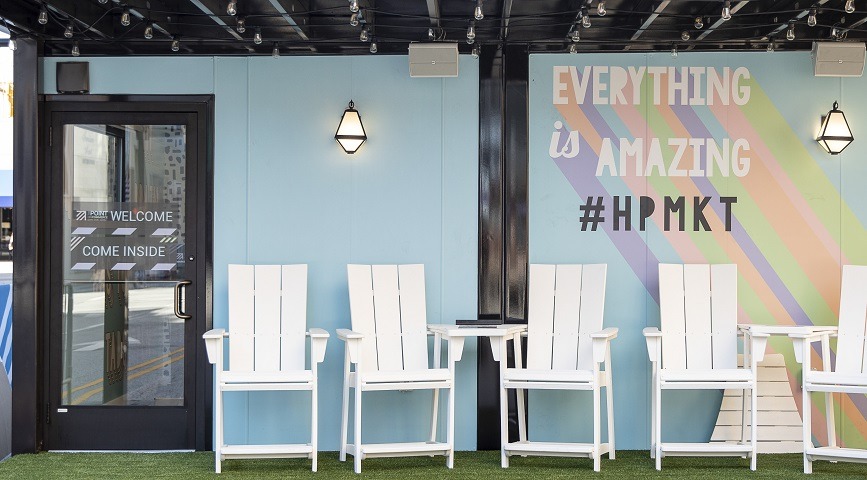It’s High Point Market season, which means talk of emerging trends will soon fill the air. The good news is the depth and breadth of new products on display is expected to be among the largest in years.
It’s both a response to challenges at retail, where it’s been painfully difficult to capture and hold consumers’ attention, and a release of pent-up product development stifled by pandemic-related market factors. We saw that trend emerge last October and gain steam in April. Expect the wave of “new” to continue this fall.
There will be no shortage of new finishes and colors, patterns and styles. And of course, there will be countless white bouclé sofas, which are now as ubiquitous as ants at a picnic (although hopefully more welcome).
But there’s one trend that may not be as obvious. And the closer you look the more likely you are to miss it. Because this trend is not about color, or style, finish or fabric.
It’s about competition.
Periodically a trend emerges that has more to do with strategy and business model than with color and style. This isn’t a new trend. In fact, it’s ebbed and flowed in its impact for most of the past decade. It’s a function of companies’ need to grow business in a flat market, coupled with the desire of increasingly large and influential retailers to consolidate their vendor base.
You might call it the drive to be “whole home.” It’s a trend that has seen case goods players entering the upholstery segment and upholstery resources looking to layer in case offerings. Again, not a new phenomenon but one that periodically accelerates bringing a new range of players into the battle.
And a battle it has become.
The need to capture market share in a flat — some say shrinking — market has most everyone looking covetously at their competitors’ businesses. As you shop the market, you’ll notice that most showrooms have a product category you would not have found there a few years ago. Maybe it’s outdoor furniture where there was none before. Maybe it’s motion upholstery at a one-time case goods specialist. It might even be accessories and décor at a long-time furniture company.
The latest wave of diversification is seeing companies move well beyond their historic core businesses to encompass entirely new segments of the home furnishings industry. Looking at some of the most recent M&A activity you’ll notice that much of it is aimed at taking companies into categories in which they had little or no previous penetration.
This isn’t a strategy aimed at capturing new slots on a selling floor or gaining additional capacity as much as it is about opening and strengthening new channels or creating a beachhead in an entirely new area of the retail selling floor.
It’s worth watching this emerging battle between those looking to capture new space and those looking to defend it. It could well be the defining aspect of competition over the next few years.
